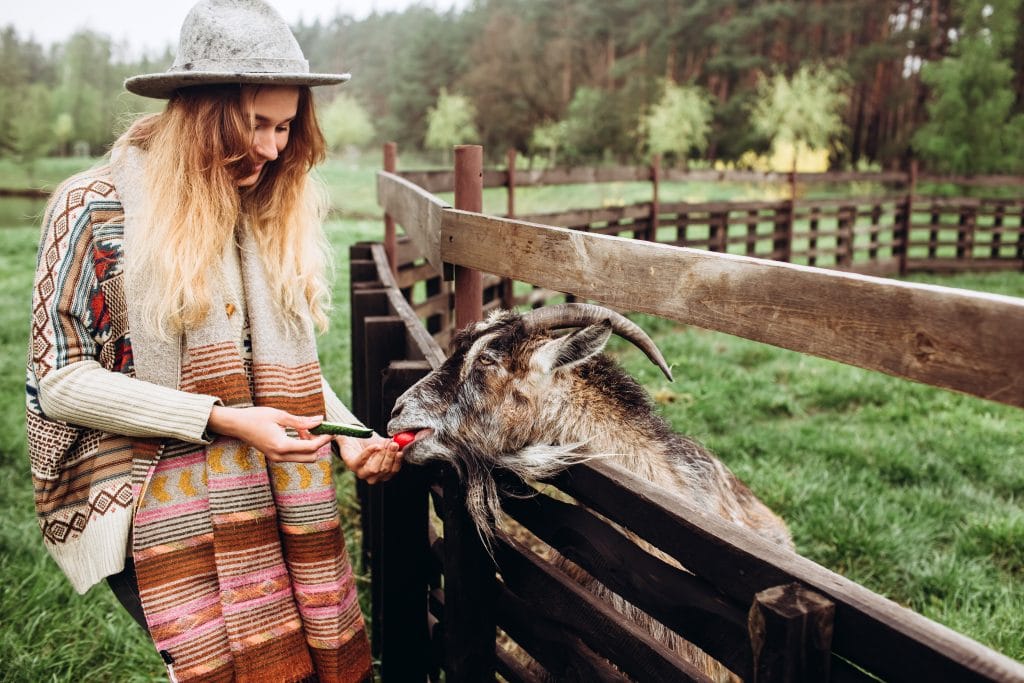You’ve bought your perfect rural home, which ticks every one of your boxes. You’re loving the peace, quiet and scenery and watching your kids and pets enjoy the great outdoors. What can you do to ensure this dream lifestyle doesn’t fail? Here are some ideas for you.
Preparation is key
It looks gorgeous now but your acreage won’t always stay that way. Just like your former metropolitan home, it will need regular maintenance and upkeep, particularly so if you plan to bring in livestock. So, bring out your new ride-on mower and toolbox and get working! Be prepared to prepare for bushfires, weeds, pest animals and manage your animals.
Environmental hazards such as chemical containers need to be properly disposed of. It’s a good idea to set up a schedule to regularly examine all fences and roads and ensure every gate opens and closes easily. While you’re doing this, cut back all long grass and overgrown bushes beside fence lines and use weed spray around posts and stumps. Never leave it too late to create firebreaks either.
Contact your local council and fire authority to see what your responsibilities are and the best ways and times to do this, remembering that you may be fined if this crucial maintenance isn’t organised. The council will tell you how large your firebreak needs to be but it should be wide enough to protect your property and include vehicle access.
Down on the ground
If you’ve never been a green thumb in the city, you’ll have to try and become one in the country! Weeds can be a huge issue on acreages and farms with the list of “invasive alien plants” in Australia blowing out to more than 2700 and climbing by about 20 new species every year, according to the Invasive Species Council. There are 32 weeds of national significance (WONS) alone.
Weeds Australia and similar websites feature a list of details on all of these weeds so make sure you know you can tell the difference between a pretty flower and a potentially harmful plant, capable of harming both your land and your livestock.
And again, contact your local council as you may have a legal obligation to limit such weeds on your property. Pull such plants up and out and replace them with native vegetation, which won’t need extra watering and will attract abundant Australian-made wildlife.
Animal farm
For you, country living means a range of animals in your backyard and surrounding paddocks. But before you buy up big on horses, sheep and cattle, you’ll want to make sure your pasture land is suited to livestock.
Learn about rainfall in the area and while you’re investigating the above weeds, start scrutinising exactly what vegetation will help your animals, remembering that many species are harmful. Imperative too for both animals and plants is water. Hopefully, you have plenty of water on your property but if not, you may be able to build a dam or irrigate. This will be another question to check with your local council.

